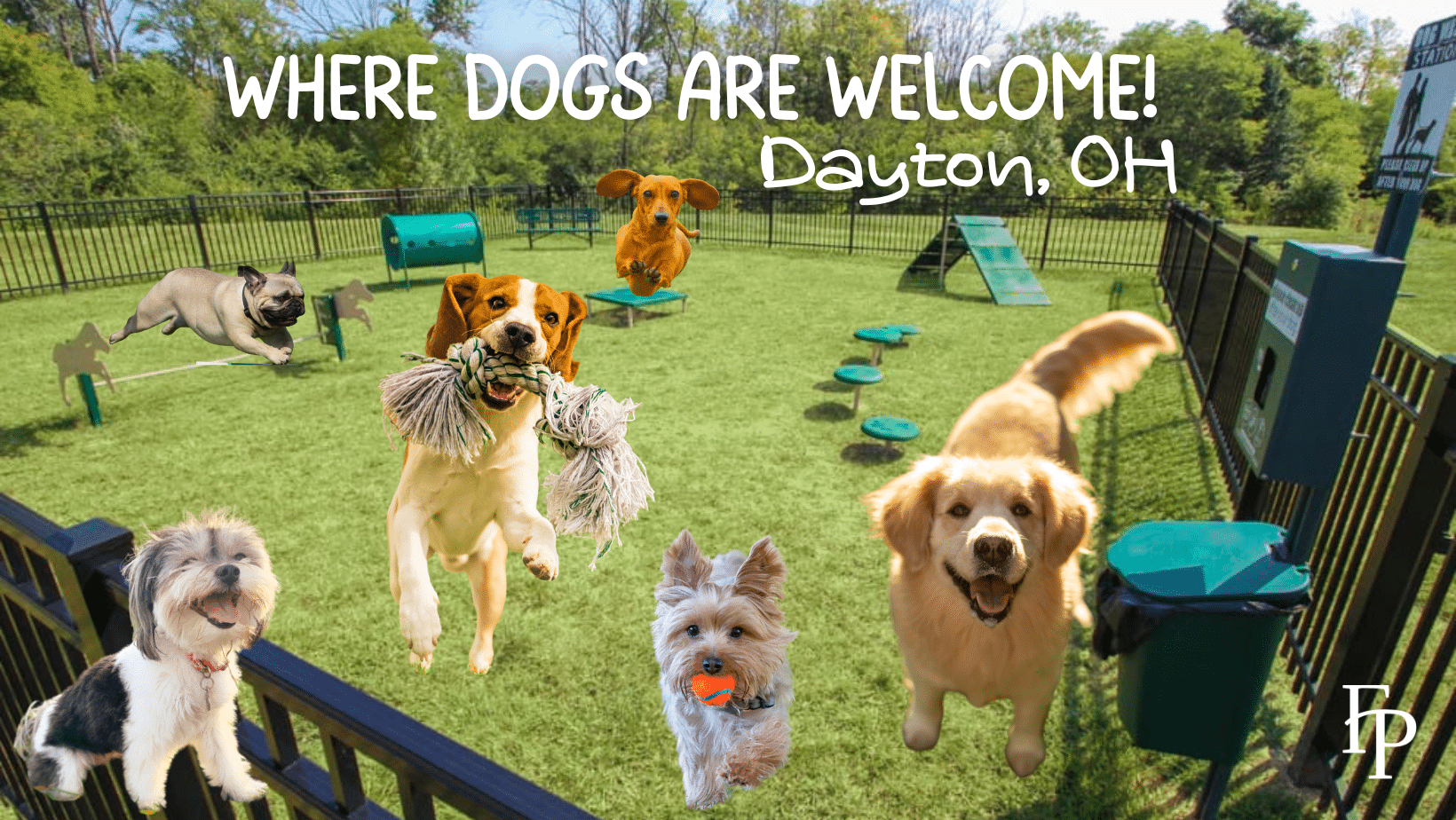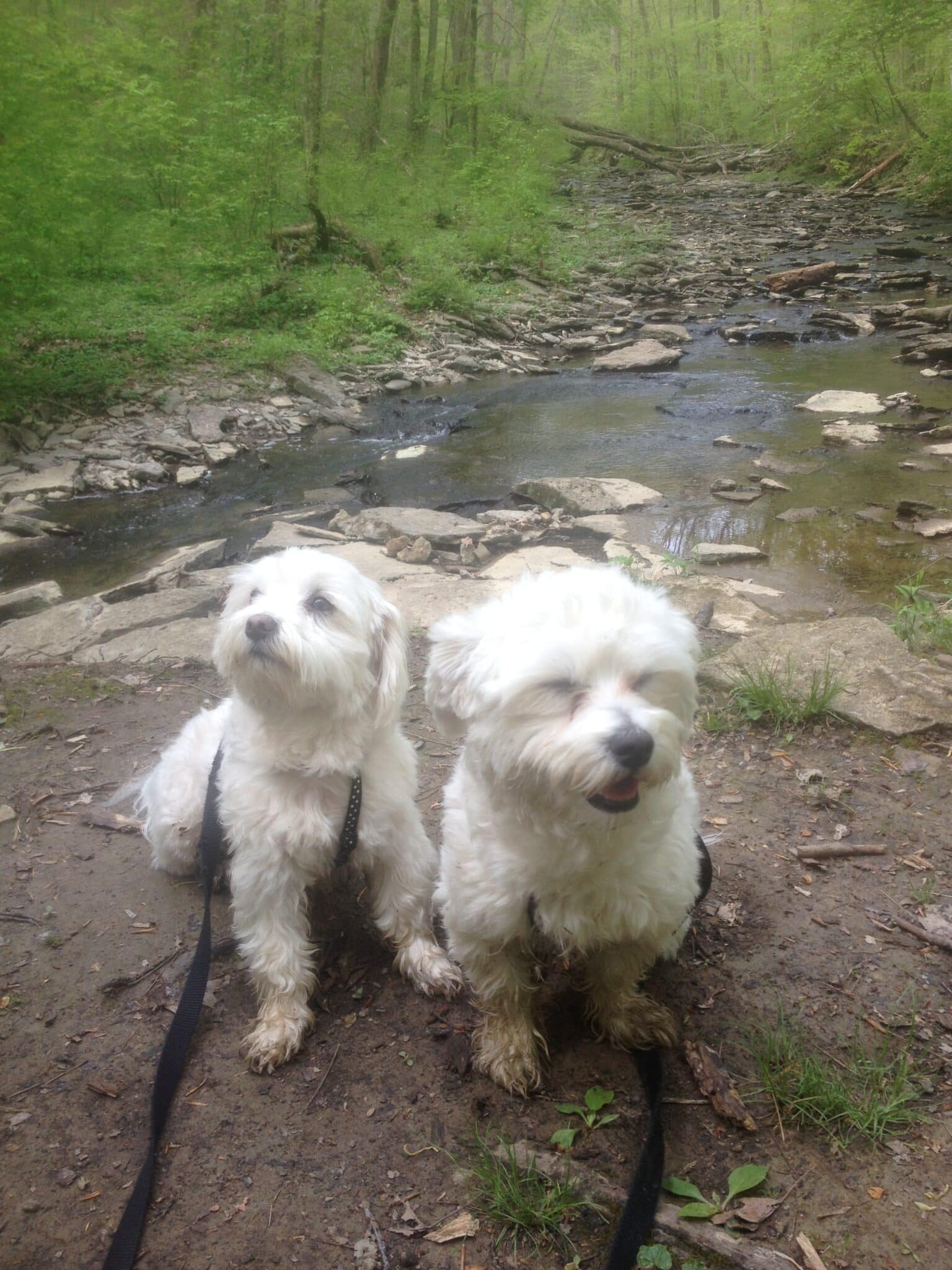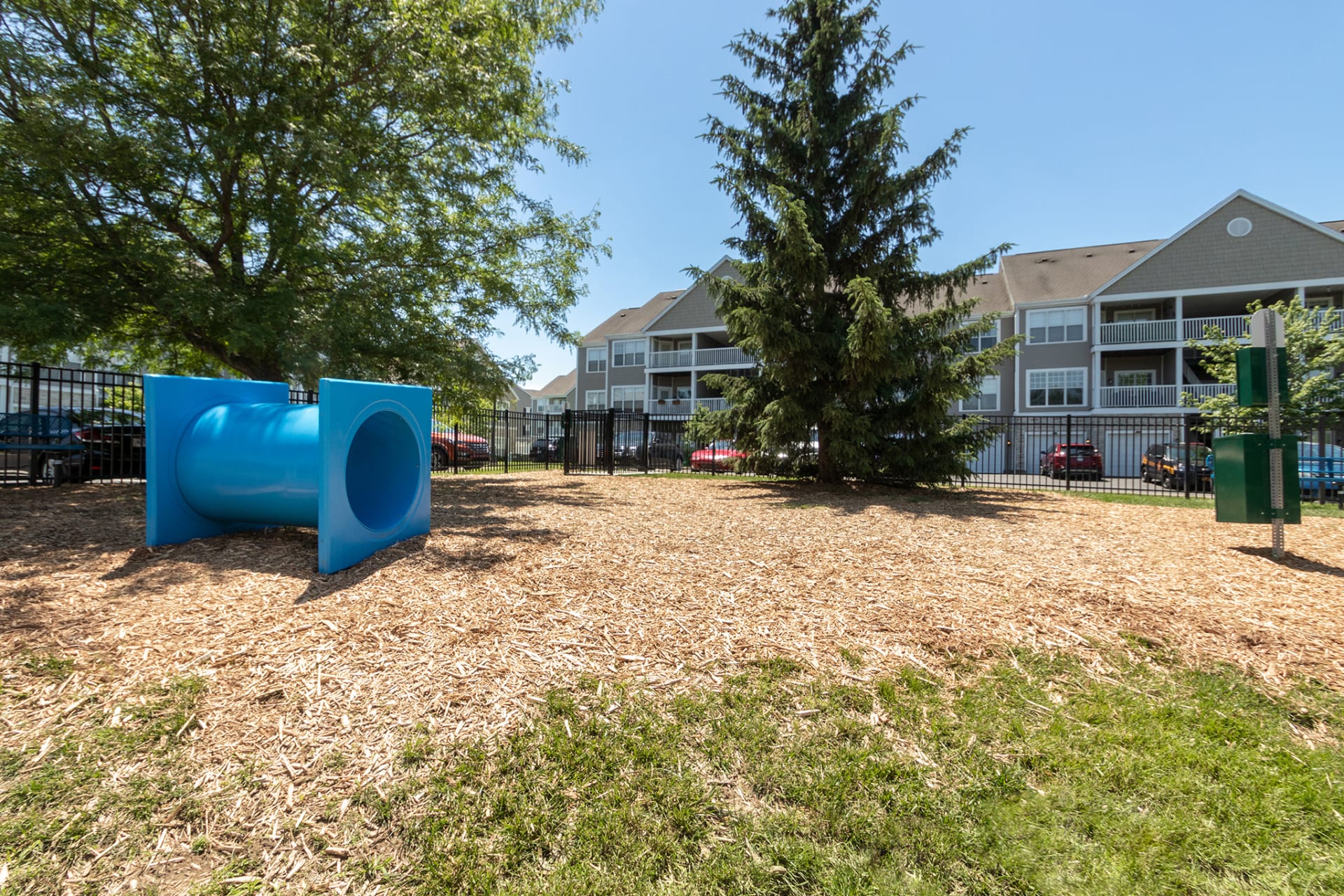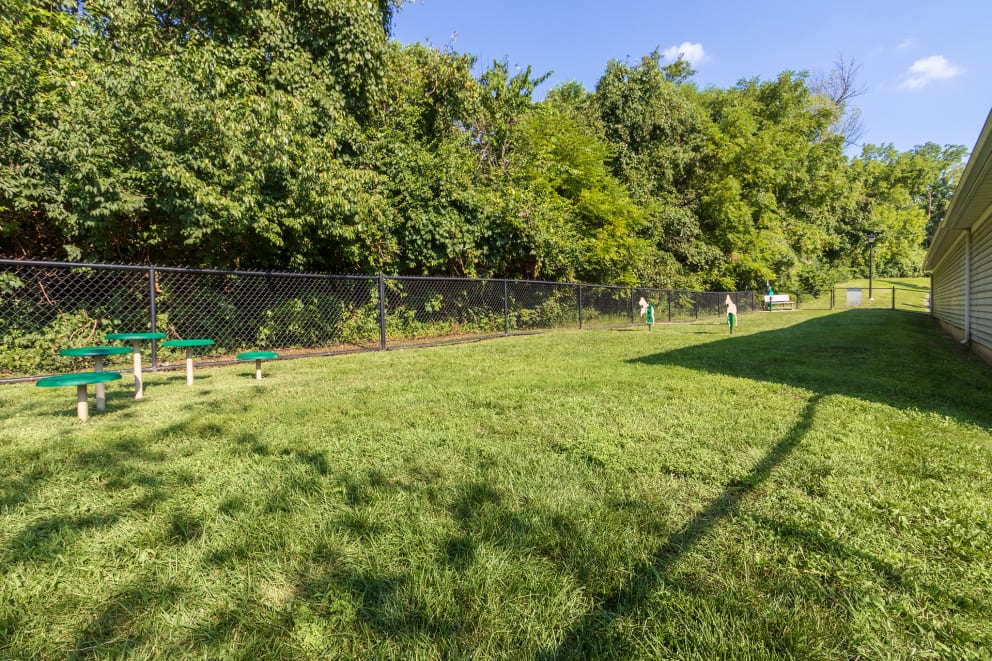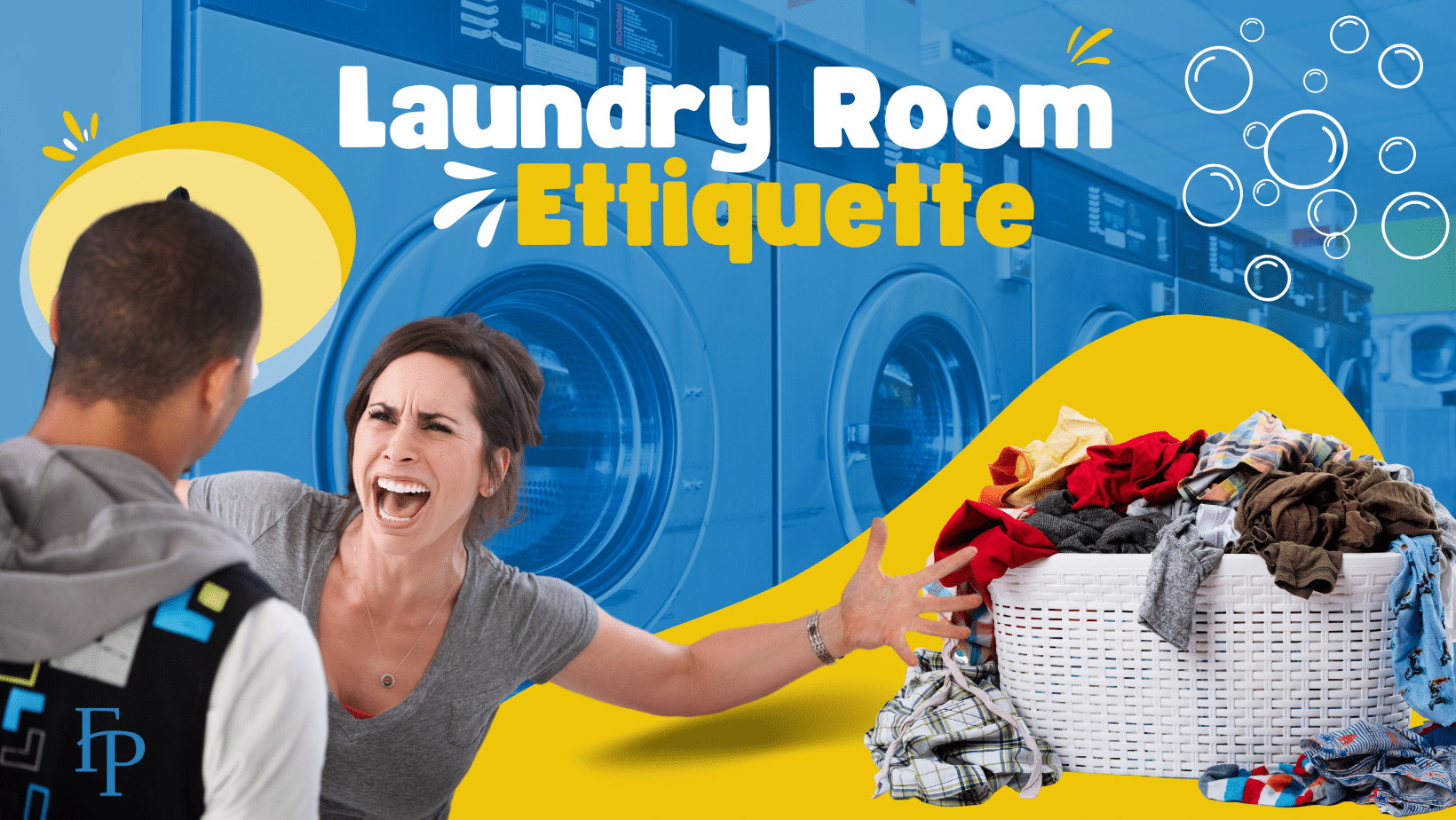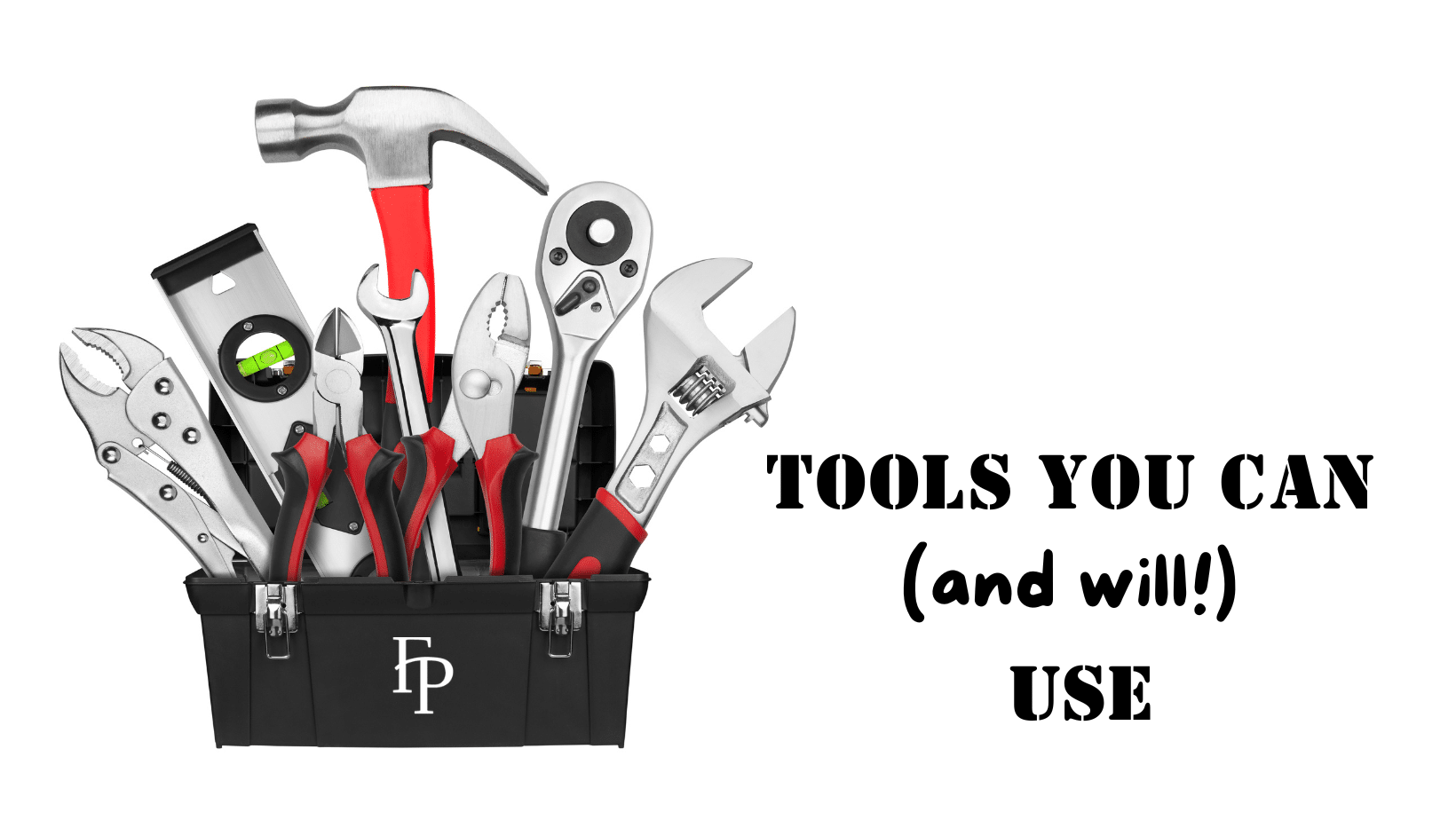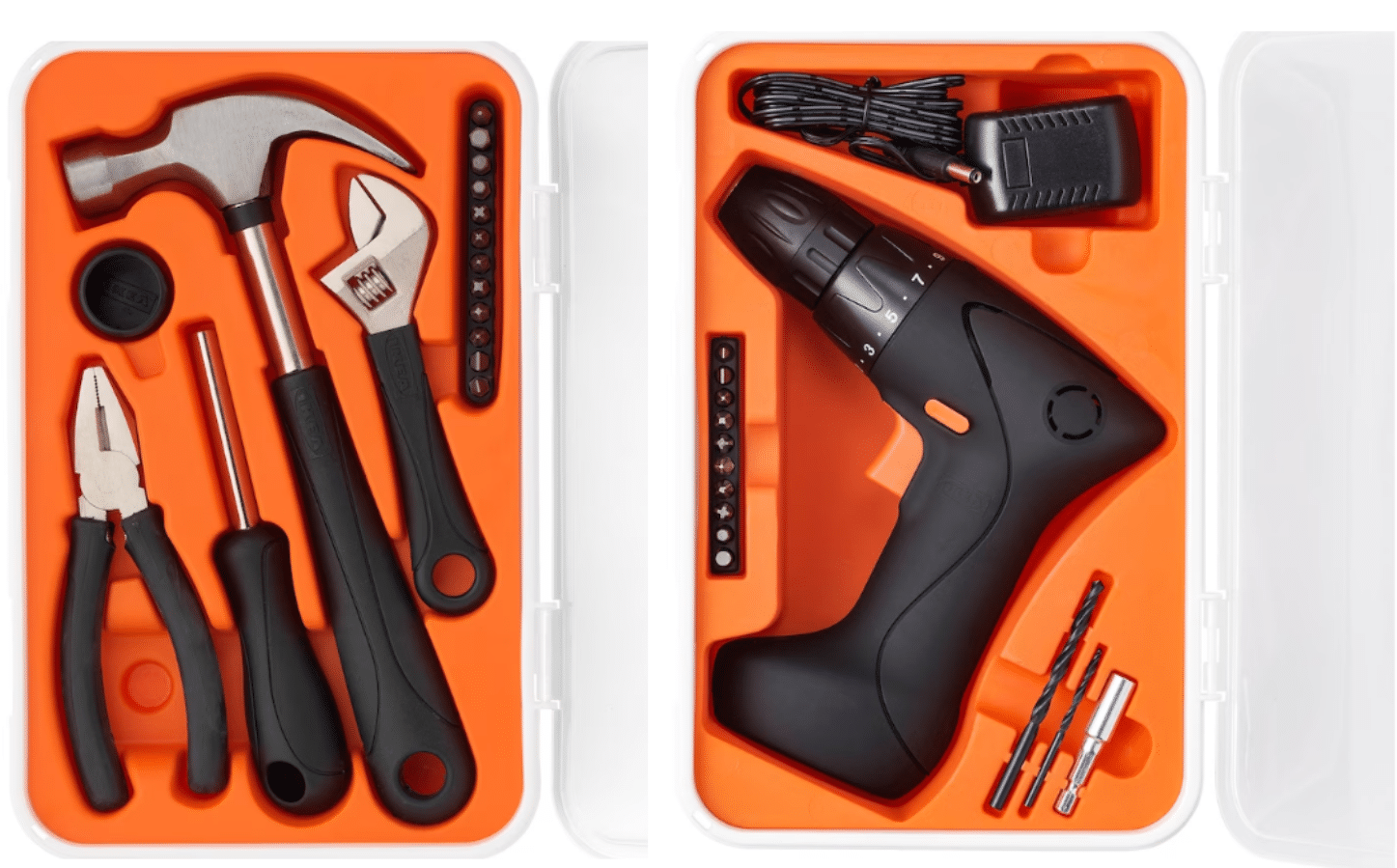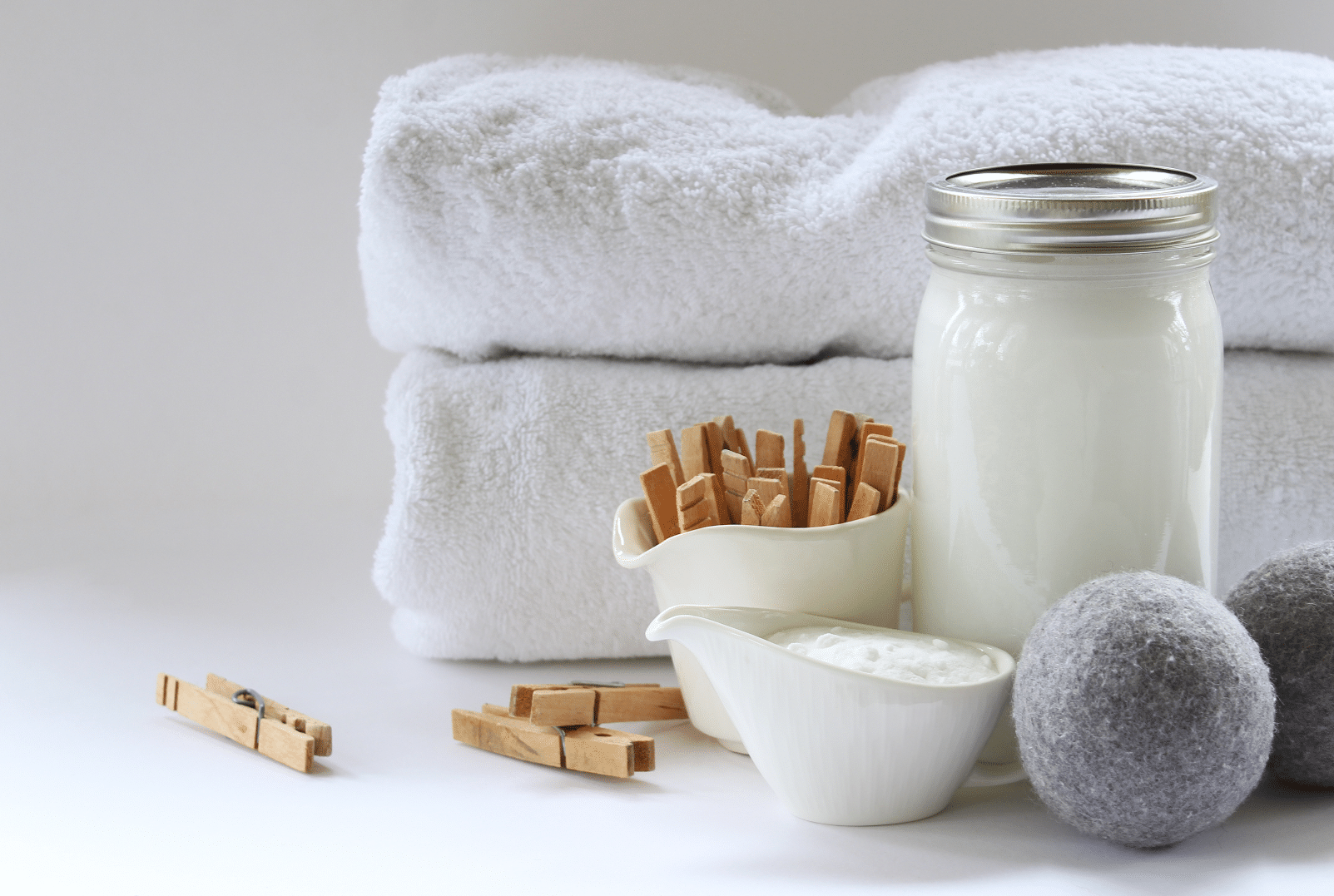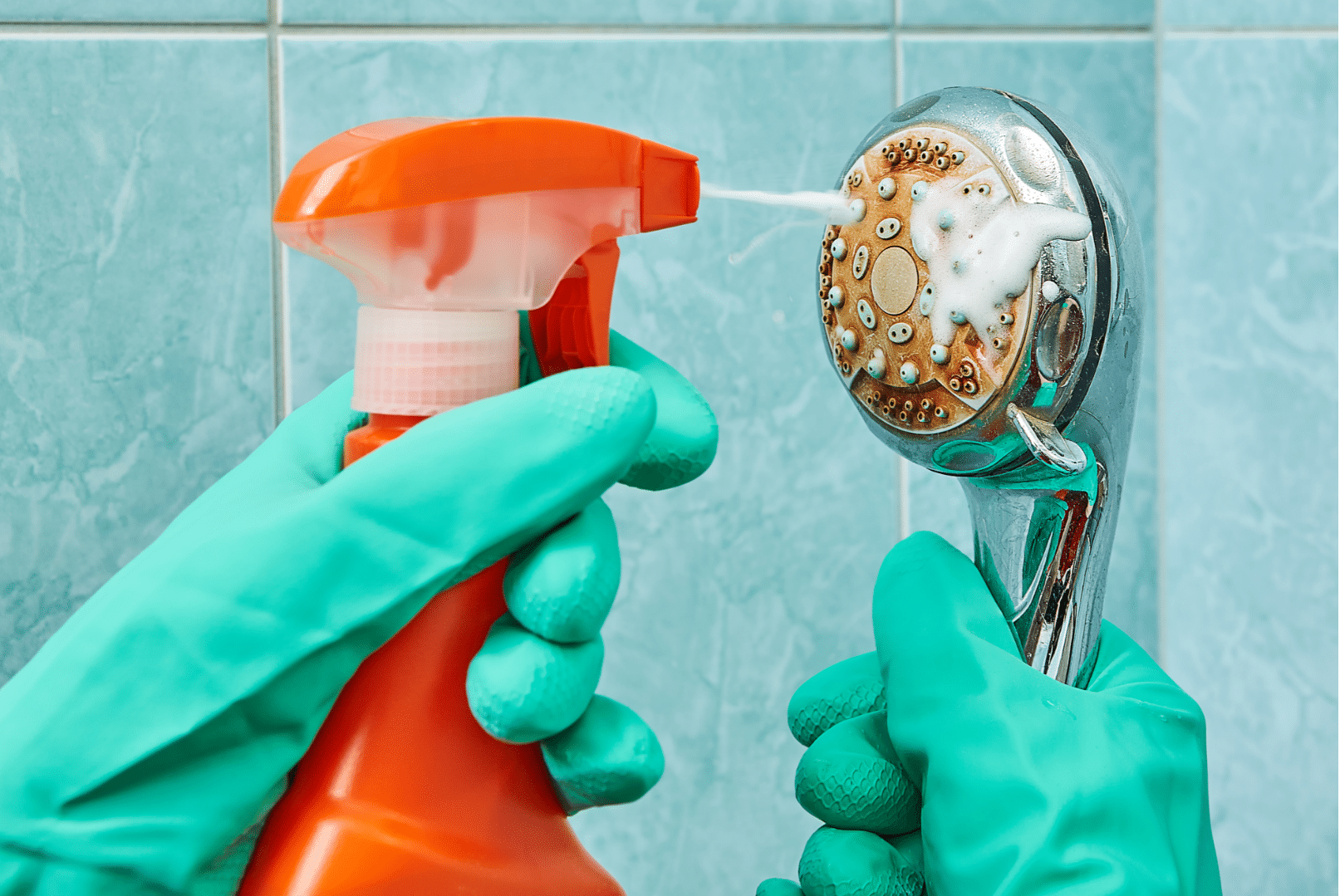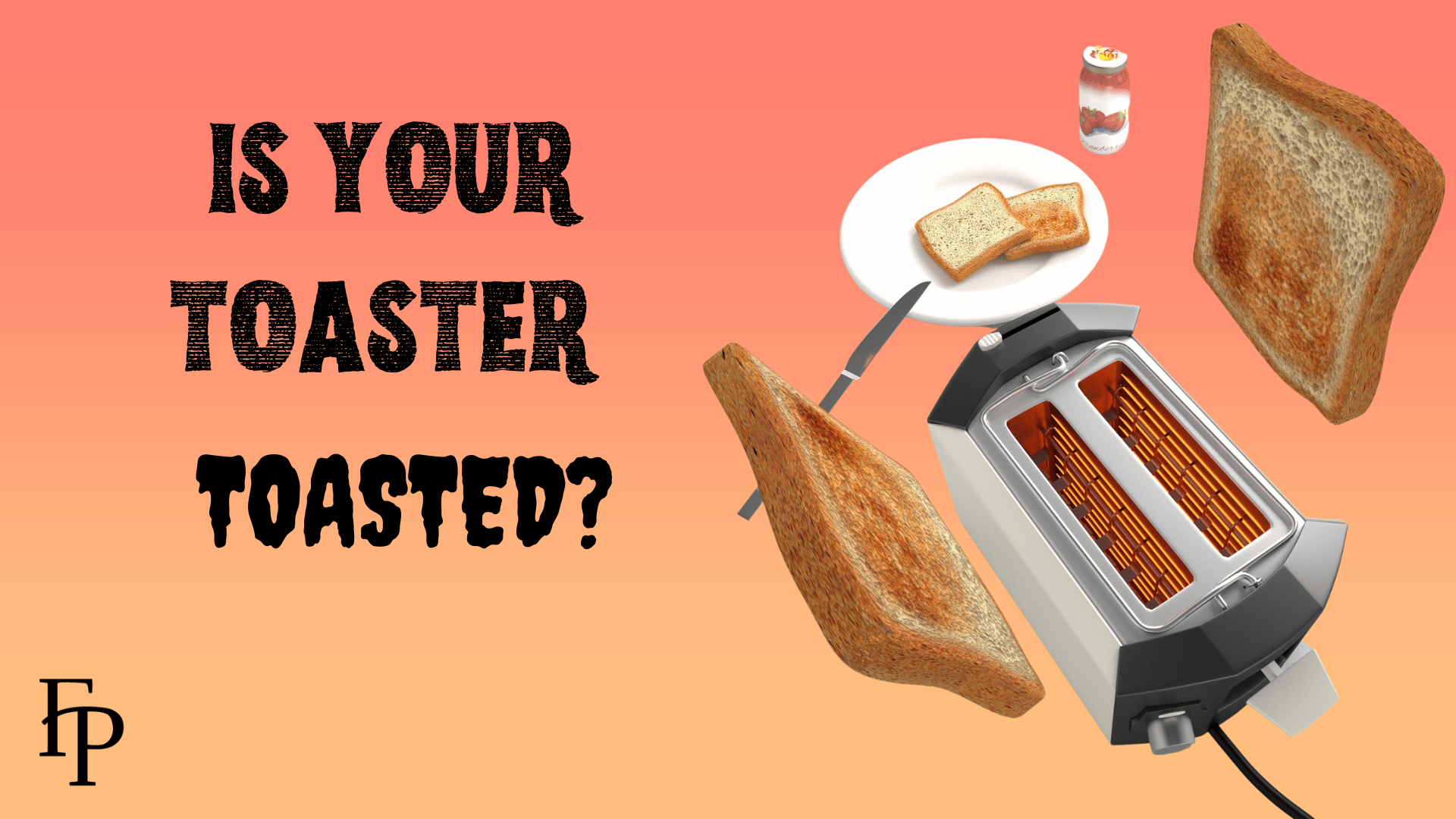Iconic Cincinnati – Nature & Parks Edition
Whether you are new to the greater Cincinnati area or have lived here for a while, you’ve probably not had the chance to experience all the wonders around you. It’s so easy to take the abundance of things to do for granted and to simply be grateful that there is a plethora of activities available…if we ever need them. I am guilty of hanging out at home instead of getting off my duff and broadening my horizons. So this post is not just for you; I’m hoping it inspires me to get out there to explore and experience all the best things to do and see in our little corner of the world. Explore with me, won’t you? In this edition of Iconic Cincinnati, we’ll explore the most interesting places in the region to enjoy nature in the City’s various aminal, art, and park venues.
Cincinnati Zoo & Botanical Garden
In operation since 1875, the Cincinnati Zoo is home to the world-famous hippo Fiona. Throughout the property, zoogoers can also see gorillas, zebras, Sumatran orangutans, Komodo dragons, and red pandas. Check out the animal footprints on each pathway and guess which animals can be seen next or ride the colorful Safari Train past various habitats. The latter is one of the zoo’s most popular attractions, so be sure to arrive early to avoid long wait times.
The seasonal penguin parades on select days below 50 degrees are a favorite, and visitors say the zoo and gardens are a must-see attraction. The park’s commitment to sustainability is seen throughout the facility and through its outreach efforts, including the Plant for Pollinators initiative and field projects to support hippos, bonobos, manatees, and more.
This second oldest zoo in the U.S., considered one of the best in the country, is most renowned for its endangered species and birthing programs, particularly for gorillas and white tigers, and has a wonderful collection of felines, and a delightful manatee exhibit.
A few of their many special events include:
- Penguin Days: January 8 – March 8, 2024
- Zoo Blooms: April 1 – 30, 2024
- Zoo Babies: May 1 – 31, 2024
- Festival of Lights: late November 2024 until early January 2025
Krohn Conservatory
Located within Eden Park in between Cincinnati’s East Walnut Hills and Mount Adams neighborhoods, Krohn Conservatory is an incredible botanical garden filled with over 3,500 plant species from around the world. It’s widely recognized as one of the country’s largest public greenhouses. Krohn Conservatory opened in 1933, and the building is a classic example of the Art Deco style. The land in the park used to belong to Nicholas Longworth and he called it his Garden of Eden.
- The Shape of Nature Floral Show: January 27 – April 21, 2023
- Butterfly Show: late spring to early summer
- Golden Days of Yule: mid-November through early January
- Live Nativity, poinsettia display, botanical artworks, and model trains in a floral landscape filled with miniature landmarks
Spring Grove Cemetery & Arboretum
The third largest cemetery in the United States dates from 1844 when members of the Cincinnati Horticultural Society formed a cemetery association. They took their inspiration from contemporary rural cemeteries such as Père Lachaise Cemetery in Paris, and Mount Auburn Cemetery in Cambridge, Massachusetts. The numerous springs and groves suggested the name “Spring Grove”. The first burial took place on September 1, 1845. Designed with lakes, islands, footbridges, and protected woodland areas, the cemetery has hundreds of trees and plants from other parts of the world including an expansive collection of both native and exotic plant materials as well as its State and National Champion Trees and its Centenarian Collection. Today, Spring Grove encompasses 733 acres of which approximately 450 acres are beautifully landscaped and maintained. The remaining undeveloped acres ensure the permanence of the cemetery for hundreds of years.
Spring Grove offers a variety of events and private group tours, or you can explore on your own.
Smale Riverfront Park
John G. and Phyllis W. Smale Riverfront Park connects downtown Cincinnati to the Ohio River and the existing riverfront parks. It sits along the Ohio River near the base of the Roebling Suspension Bridge. This 45-acre park spans the riverfront area between Paul Brown Stadium and Great American Ballpark. It’s a wonderful location to view the bustling activity along The Ohio River Trail, and a place to gather and celebrate as a community. The park boasts multiple water play features, giant swings, an interactive foot piano, an imaginative play area for kids, expansive pollinator gardens, and Carol Ann’s Carousel. Several historical monuments can be found like the Black Brigade Monument and the recently dedicated Marian Spencer Statue.
Loads of events take place here. You can find the full listing at the link above.
Eden Park
Eden Park is nestled between East Walnut Hills and Mt. Adams. The park is home to the Cincinnati Art Museum, Cincinnati Playhouse in the Park and the Krohn Conservatory, making Eden Park one of the most popular parks in Cincinnati. Landmarks within the park include the Hinkle Magnolia Garden, which features an enchanting gazebo that can be rented for an intimate wedding ceremony, Seasongood Pavilion, which hosts outdoor concerts and plays, and Mirror Lake featuring the Bettman Fountain in the center and the haunted Spring House Gazebo overlooking the lake. Other highlights include the charming Twin Lakes area; the lakes were once an old quarry that was converted into two small lakes, joined by a footbridge, and surrounded by walking paths. This area boasts an impressive view of the Ohio River and Kentucky, several sculptures, and a playground. It’s a great spot for chess or launching model boats. Also, within Eden Park is a historic 172-foot high Water Tower from 1894, The Memorial Grove, The President’s Grove, walking paths, and many more sights to see! Eden Park’s newest feature is Tom Jones Commons, which includes a walking loop, wetlands with a walking bridge, a picnic shelter, natural play areas, seating, beautiful landscaping, and a connection from the lower reservoir area to Seasongood Pavilion and Mirror Lake. There is something for every nature lover and parkgoer to see, experience, and enjoy at Cincinnati Parks’ Eden Park.
Newport Aquarium
The Newport Aquarium is a public aquarium located at Newport on the Levee in Newport, Kentucky. It has 70 exhibits and 14 galleries, 1,000,000 gallons of water, including five acrylic tunnels totaling over 200 feet in length. It is the first aquarium to have had success in breeding shark rays.
Delighting families since 1999, Newport Aquarium welcomes your family to discover the wonder of an underwater world. See thousands of the world’s most exotic aquatic creatures as you waddle with playful penguins, meet rare white alligators, be surrounded by sharks, and be surprised by smiling stingrays. Encounter thrilling adventures like the first-in-the-world Shark Bridge, where you can cross inches above a tank full of sharks on a rope bridge. Plus, experience the exhibit Shipwreck: Realm of the Eels and explore a long ago-sunken ship and the creatures that call this accidental reef home.
This state-of-the-art facility was named the No. 1 aquarium in the 2012 Readers’ Choice Travel Awards from 10Best.com; the Best Rainy Day Outing in 2006 in Cincinnati Family Magazine; and the Best Aquarium in the Midwest in the Zagat Survey’s U.S. Family Travel Guide in 2004.
Pyramid Hill
Pyramid Hill is a three-hundred-acre nonprofit sculpture park founded in 1997. The Park is home to over 70 monumental outdoor sculptures displayed in a landscape of rolling hills, meadows, lakes, and hiking trails. The Park also features an Ancient Sculpture Museum that displays Greek, Roman, Etruscan, Syrian, and Egyptian antiquities dating to 1550 BCE, as well as the iconic Pyramid House. Pyramid Hill is the only museum you can experience by Art Cart – a gold cart you can rent to tour the park. The carts are rented on a first-come, first-served basis, so get there early if you want to ride. Attracting more than 30,000 visitors annually, Pyramid Hill serves as the premier cultural tourist attraction in Butler County. Pyramid Hill is unparalleled in the region as a place where art, culture, education, and nature intersect.
The Park provides summer programs for children, as well as numerous special events throughout the year that are traditions for many families and our community. The stunning landscape and unique architecture offer ideal backdrops for weddings, corporate retreats, meetings, family reunions, and celebration of life ceremonies.
Mt. Airy Forest
Located between Mt. Airy and Westwood, Mt. Airy Forest is the largest Cincinnati Park at 1,459 acres. It is a man-made forest with miles of hiking trails, several picnic areas, a disc golf course, and a multi-use mountain biking trail. Mt. Airy also has Ohio’s only wheelchair-accessible public treehouse (currently closed for repairs), a beautiful arboretum, and an enclosed dog park.
Sawyer Point Park and Yeatman’s Cove
Overlooking the majestic Ohio River, Sawyer Point is a landmark destination in Cincinnati. A great place to view Cincinnati’s annual Labor Day fireworks show or watch the river traffic go by on any other day, this charming mile-long park is nestled between T.M. Berry International Friendship Park and Smale Park. Sawyer Point & Yeatman’s Cove feature beautiful landscapes, award-winning playgrounds, numerous pieces of public art, walking paths, tennis courts, pickleball courts, and volleyball courts. Sawyer Point is also a premier host site for many regional and national events, including many walks and runs, major music festivals, and other cultural events. Sawyer Point Park and Yeatman’s Cove are side-by-side parks on the shores of the Ohio River. Both are some of the best parks in Cincinnati and stretch for about a mile along the riverfront. Here, you can enjoy beautiful waterfront views and lots of activity spaces. There are places to play volleyball and tennis, as well as concession stands, picnic tables, and performance pavilions.
Sawyer Point is home to an outdoor amphitheater where you can see live events, including concerts. The Serpentine Wall is also here. It’s a wall of large concrete stairs that curve like the coils of a snake. There’s also a giant statue of Cincinnatus.
Cincinnati Observatory
The Cincinnati Observatory atop Mount Lookout is the oldest professional observatory in Ohio. The building, which has been preserved to retain its classic look, has been designated as a National Historic Landmark. The Cincinnati Observatory refers to itself as the “birthplace of American astronomy.”
However, the commitment to a vintage appearance doesn’t stop the observatory from looking into the future. It heavily promotes the study of 21st-century astronomy.
When you visit, you can tour the building, look through the fascinating displays of moon rocks, and watch presentations. Use the gigantic telescope during the day (solar viewing) or night (stargazing).
Devou Park
Located across the Ohio River from Cincinnati, Devou Park is a city park in Covington, Kentucky. Encompassing 700 acres, it is the city’s largest park and has been in operation for over 100 years. The hilltop park’s overlooks offer panoramic views of the Cincinnati skyline and the Ohio River valley below. The park is full of opportunities to engage your mind, body, and spirit. Stroll along the scenic nature trails. Throw a frisbee. Play a round of golf on their 18-hole course. In addition to a beautiful vantage point to admire and photograph, the Devou Memorial Overlook offers open green space, benches, a shaded gazebo, parking, ADA accessibility, and picnic tables. Tour the museum. Attend a concert.
There are a plethora of other parks located all across the Cincinnati area. Click here for a complete listing of Cincinnati parks, and here for parks in Northern Kentucky. For folks who love nature, parks, and animals, Cincinnati is hard to beat. Let us know your favorite destination in the comments.

